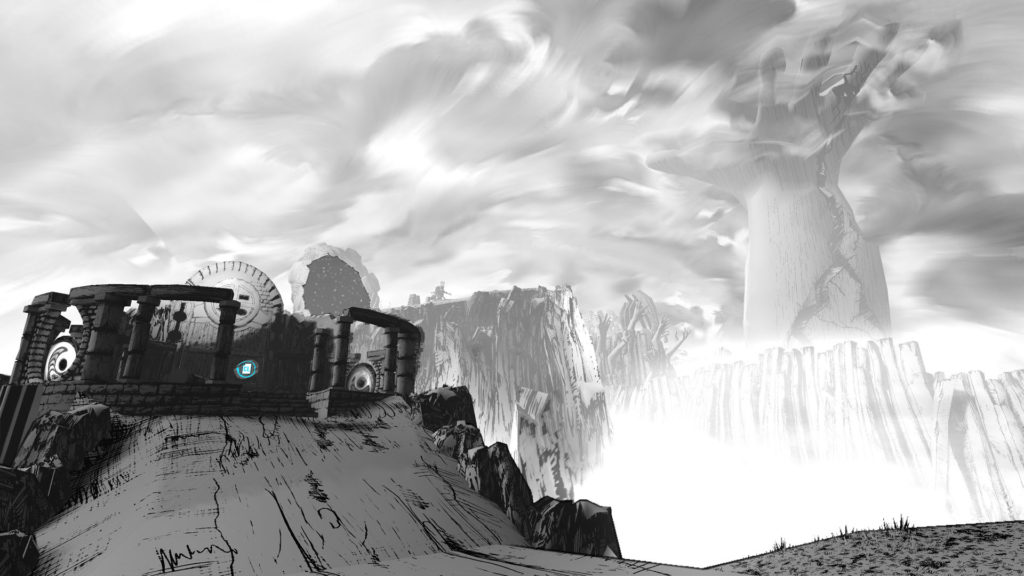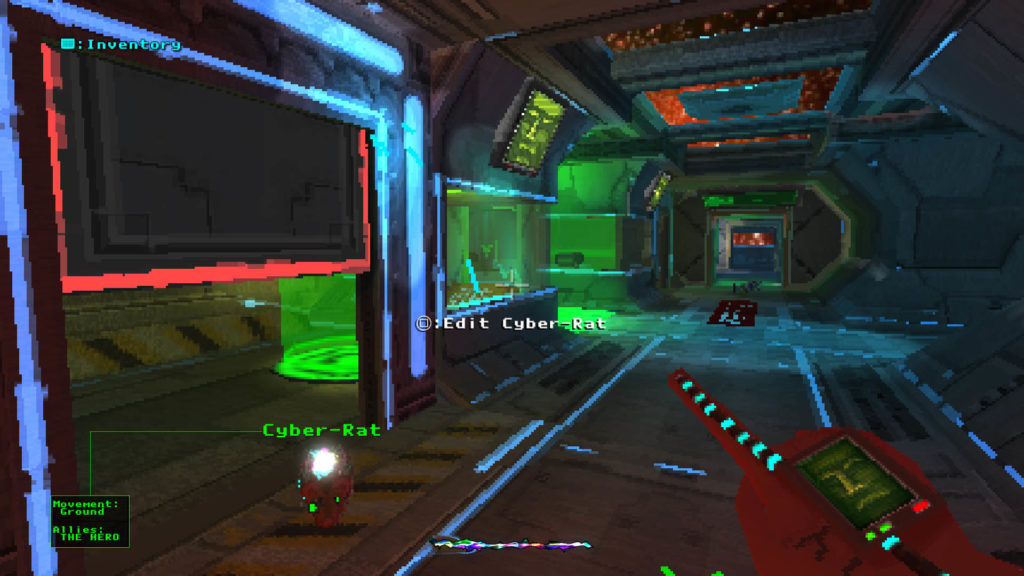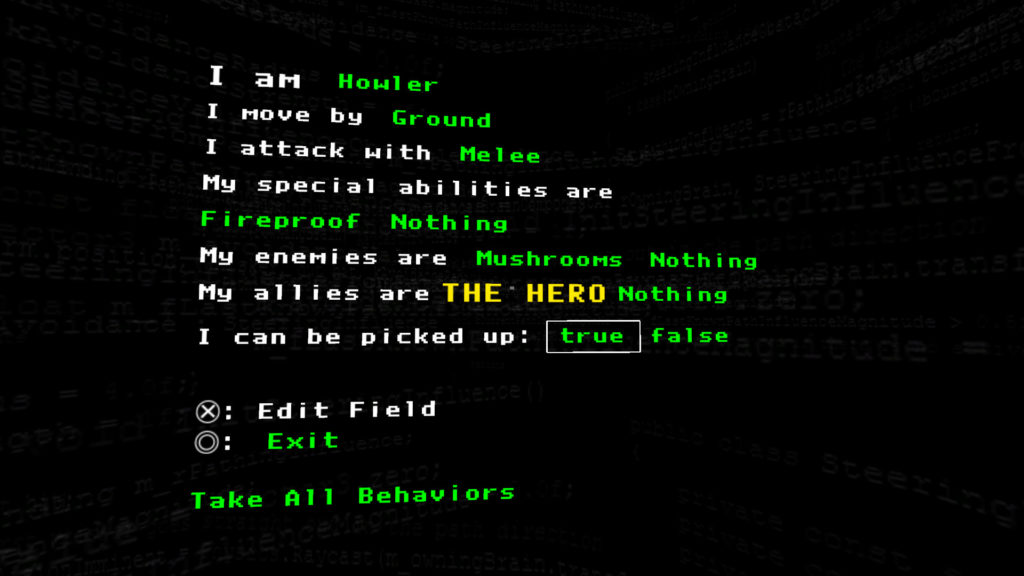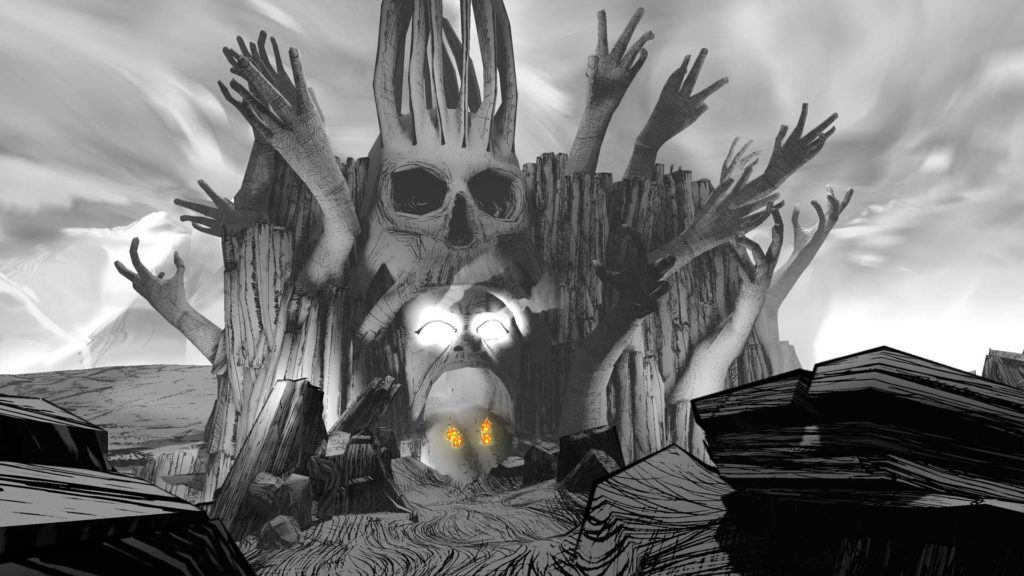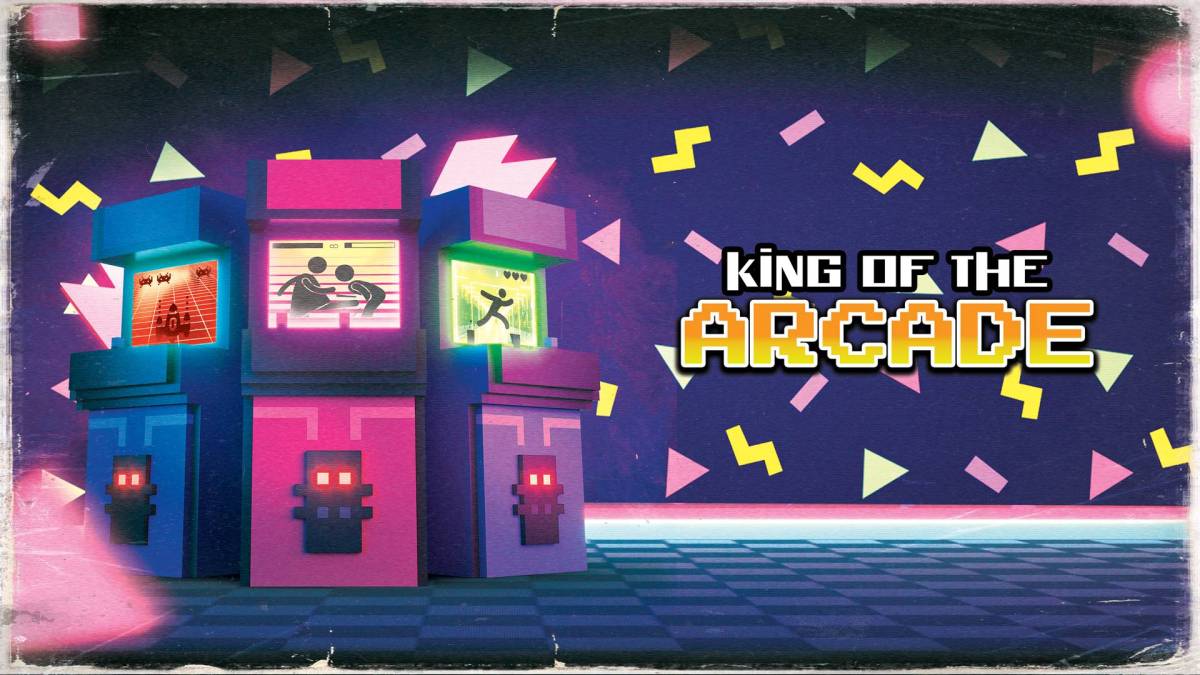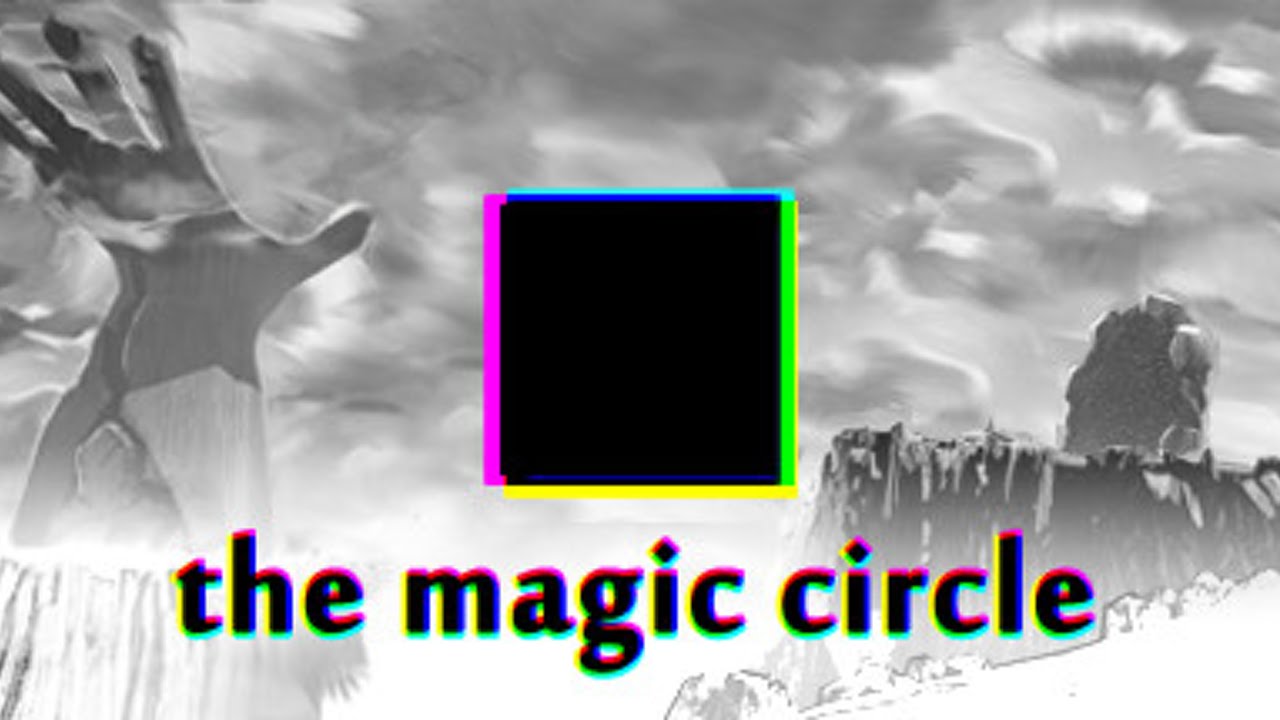
Platforms: PC, Mac, Linux, Playstation 4 and Xbox One (reviewed)
I’ve toyed with the idea of making my own game. Most of us that play video games always have some sense that we could do as much. I dabbled in RPG Maker back in 2001 on the Playstation and after a memory card corruption wiping out about 20 hours worth of work (which equated out to about ten minutes of game), I decided to hang it up. The technical hurdles have always been a little too intimidating for me to attempt to overcome and I’m stuck instead writing about them as an outlet. That’s where The Magic Circle: Gold Edition steps in.
In it, you’re placed in the middle of a game stuck in development hell. The three main creative forces behind the game are, at the most mellow moments, at odds with one another. Each of the three has a vision as to what The Magic Circle should be and, naturally, none of them truly mesh together well enough to get this long-in-development nightmare off the ground and out the door.
Your role in the game is a QA tester who happens to get more than a glance behind the curtain of the in-fighting at the studio making the game within the game. Mere moments into your first test run of the game you’re given a sword only to have the original creator opine that the player should have some sort of interaction with the world aside from killing everything in sight. Just as quickly as it was given to you, your sword is taken away. You see more of just how far off The Magic Circle is from being finished and have a run-in with an enemy encounter that effectively ends your testing.
And then that’s when The Magic Circle: Gold Edition gets interesting.
An AI in the game decides he’s going to have you help him get this game back on the rails. He’s been stuck inside the development hell of The Magic Circle for untold years and he’s had enough of it. He gives you the ability to fill in areas that were taken out previously by the development team for one reason or another, allowing you to traverse otherwise inaccessible areas. Most of these areas that you fill in are part of the more linear progression aspect of the game, but you’ll also find other areas that allow you to gain new abilities, find stat upgrades for your helpers, and developer notes and creator commentary sections that fill in the story of the people at the studio behind the game.
You’re also able to “trap” enemies and change their behaviors, making them your allies (since you’re unable to attack anything yourself) or making them toothless stumps since you can remove their ability to attack and move at all. I don’t know what the maximum number of creatures you can have following you, but I had a rather nutty cast of a dinosaur-looking thing, a dog with poor breeding, a sentry robot, a cyber-rat, a mushroom wizard, and a floating rock tagging along at the end. You can take the behaviors of most of the enemies you encounter without issue, but some will require some creative pairing of abilities in your “party.” Going near one monster in particular is an instant death sentence for you and your crew, but if you explore enough, you’ll find a developer note that hints at exactly what you need to take it down. Gaining that alone is no easy task either and requires you to think about what abilities you assign. Some progress is also possible only with creative usage of the abilities you gain. I found myself finding an entirely different way to cross an obstacle than what was laid out for me. These moments are when The Magic Circle really comes together and makes you feel like you might actually be breaking the “game.”
Unfortunately, just as you get the hang of that, The Magic Circle changes things up. It doesn’t become an entirely different game, per se, but the creative implementation of your gained abilities plays a less frequent role in what becomes a less interactive closing sequence to the main storyline of the game (not the in-game game, but the story of its development). You’re then given a chance to flex your creative muscle again in what’s not as a fulfilling experience initially. I won’t go into what this mode is specifically, as it ruins the surprise, but it’s a fairly natural progression for everything you’ve done. And just when I was growing weary of this section, the AI mentor’s egging me on to keep at it kept me hacking away at this section longer than I would have otherwise.
The cast of characters are written and played as exaggerated, maybe ever so slightly in some instances, versions of no one in particular. If you follow along with game development figures, you’ll likely place one person or another in the role of Starfather. The rest of the cast of characters don’t really bring that same feeling of “I wonder if that’s supposed to be….” that Starfather does. The actors portraying the rest of the cast, including your AI mentor, do a well enough job to keep you invested. And while I originally felt a bit of disconnect from the AI mentor (largely due to his use of “the gods” in every other sentence), his crankiness and cynicism grew on me as I understood more of just what the hell he’s had to endure over the years as the game he was originally in didn’t so much vanish but was buried underneath the current iteration of The Magic Circle. While no one is particularly likable, I started to feel some empathy for all of them as I dug up more of their histories.
If you’ve ever had any interest in seeing how the sausage gets made, The Magic Circle might be right up your alley. It does a noble job of showing different perspectives on how a game is designed and made and poking fun at the absurdity of some of the egos involved, all the while never really taking a side. It gives you a chance to flex your creative muscle a bit, without the hassle of having to learn any real programming. On the other hand, if you have zero interest in playing around with the most basic of programming and seeing the clashing ideas, in-fighting, and design choices that get left behind in game development, The Magic Circle offers little for you. The segments where your creativity in solving a puzzle are really the stars of the game. Those segments are over a bit too quickly though and you’ll be left wanting more and the ending section just doesn’t scratch that same itch. The Magic Circle offers a great experience to a very specific crowd and too few and far between puzzles for those outside of that audience.


